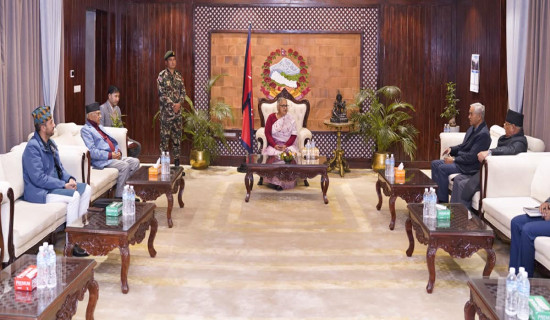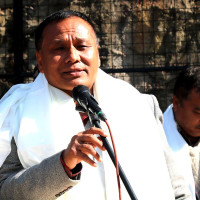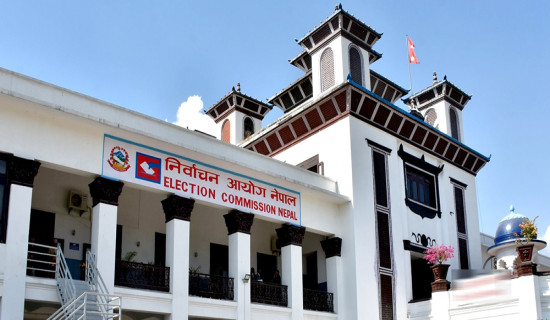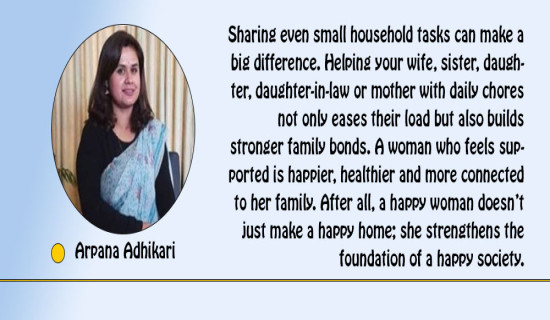- Saturday, 27 December 2025
Women representation still remains bare minimum
Kathmandu, Dec. 25: Nepal recently held general elections to elect 275-member House of Representatives (HoR) and 550 members to the seven Provincial Assemblies. However, women, who make up 53.91 per cent of the country’s population, have only 33.09 per cent representation in federal parliament and 36.36 per cent in Provincial Assemblies (PA).
According to the final results of the November 20 elections, there are only 91 women lawmakers elected in the HoR, of which only nine women have been elected to the 165 seats under the direct voting, while the rest were elected through the proportional electoral system.
The number of women representatives in HoR is just 33.09 per cent, a minuscule crossing of the mandated requirement as guaranteed by the constitution, as Nepal’s constitution mandates 33 per cent reservation for women in the Parliament.
The Nepali Congress, which emerged as the largest political party from this election, has sent only one woman representative to the HoR through direct election.
Likewise, the CPN-UML, the second largest party has four women elected to the HoR through direct election, whereas two female candidates of the newly formed Rastriya Swatantra Party (RSP) emerged victorious through the direct election.
Similarly, the CPN (Maoist Centre) and Resham Chaudhary-led Nagarik Unmukti Party sent one female representative each to the HoR through direct voting.
Women candidates fared slightly better in Provincial Assemblies, though, registering 36.36 per cent by securing 200 out of 550 seats. In 330 PA seats under FPTP system in all seven provinces, only 14 female candidates secured their victory, including two in Province 1, four in Madhes, five in Bagmati, two in Gandaki and one in Lumbini Province.
Surprisingly, two provincial assemblies of Karnali and Sudurpaschim have no female representatives elected through direct voting.
Looking after the women candidates contesting the election under the FPTP system, the number of female candidates is way lower when compared to the male candidates, which directly led to the election of fewer women.
Under the FPTP election, only 9 per cent of women candidates are at the federal level and even falling short with 8 per cent in the provincial assemblies, the Election Commission’s data shows.
Only 25 women from the ruling alliance led by NC and the opposition alliance led by UML got the opportunity to contest direct elections to HoR.
Total 2,412 candidates contested in the HoR election under the FPTP electoral system. Of them 2,187 were male and 225 (9.33 per cent) were female. Of the total 3,224 candidates who contested for 330 seats up for grabs in the provincial assemblies, only 280 candidates were female.
The statistics suggest that Nepal’s parties hesitate to field women under the FPTP system and women are put on the PR list to ensure compliance with the constitution.
The major political parties fielded a nominal number of women candidates in the federal parliament election. UML had fielded 11 female candidates in the election to the 275-member HoR, CPN (Maoist Centre) had seven female candidates, NC had fielded five candidates, CPN (Unified Socialist) and Rastriya Janamorcha had one each.
There was a sluggish progress in women candidates as observed in the recent election. There were only 5.5 per cent women candidates at the federal parliament in the first parliamentary election held in 2017.
In the same way, the number of women representatives elected through direct voting has slightly increased compared to the last election held in 2017 and a big comedown from the time of the first Constituent Assembly (CA) election held in 2008. In 2017, only six female candidates were elected to HoR under the FPTP category, while 30 women were elected to HoR in first Constituent Assembly (CA) election and 10 in second CA election held in 2013.
As women are under-represented in all political bodies, the constitution, which came into effect in 2015 guaranteed at least 33 per cent women participation in the Parliament, said constitutional expert Bipin Adhikari.
As per the Article 84(8) of the Constitution of Nepal, at least one third of the total members elected from each political party represented in the federal parliament shall be women.
The constitution has also guaranteed proportional inclusive participation of women; however, achieving this remains a distant dream, said Adhikari. Cause behind low women candidates and their victory in FPTP system
Female leaders pointed out that lack of seriousness among political parties in taking better account of women’s increasing electoral participation is one of the major causes behind the low number of women candidates and their victory in direct election.
They also demanded an equitable share of candidacies under the direct election system. Constitutional expert Adhikari said political parties opening up space for participation of women in electoral politics has been quite slow as a result of deep-rooted structural constraints of the parties, which are male-dominated.
There is also a lack of education among both the political parties and voters about equal female political participation, which is a fundamental prerequisite for gender equality and genuine democracy, he reminded.
Talking to The Rising Nepal Minister for Women, Children and Social Welfare Uma Regmi said there is no dearth of women leaders in Nepal, who continued their political career despite many obstacles.
“But they are sidelined and denied a party ticket to contest elections, as there is no mandatory law to force the party leaders” she said, adding, “The political parties should name more candidates in the elections and not limit their candidacy merely as an obligatory provision,” said Regmi.
She also pointed out social, cultural and financial constraints for women to contest the election even if they were provided a ticket, adding the civil society should continue to play a role for increasing women’s fair, inclusive participation in Parliament and all state mechanisms.
Former deputy-speaker of the HoR, Pushpa Bhusal, an influential NC leader who contested direct election from Arghakhanchi-1 and lost the election to UML’s Top Bahadur Rayamajhi, blamed male-dominated party organisations, patriarchal mind-set of the society and lack of gender-friendly electoral system for the low representation of women in FPTP system.
Bhusal said, “Since the party committees, from ward to central level are all male-dominated, their patriarchal mindset denies women’s candidacies in direct election. They believe women cannot secure victory in the direct election.”
The parties mostly pick women candidates under the PR system as they prefer male candidates for the direct electoral system, she added.
“The inequality also persists in how society views leadership. Despite having more competent women leaders, our society still thinks men are more suitable in leadership. The society has not become progressive over its attitudes towards women leaders,” she added.
She further added that lack of women-friendly electoral process, including expensive electoral campaigns and influence of money and muscles are some of the major causes of women’s underrepresentation.
Constitutional expert Adhikari said the poll authority should form a mechanism to ensure leadership development of women. They should also ensure proportional inclusive participation of women within the party, while distributing party membership, electing central committees and filing candidacy. “The more women in politics means, the more women in electoral politics” he added.


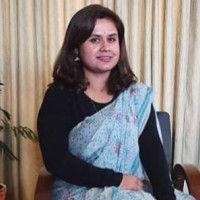
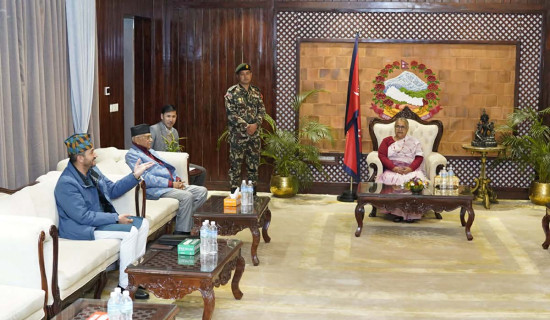
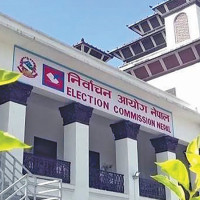
-square-thumb.jpg)
